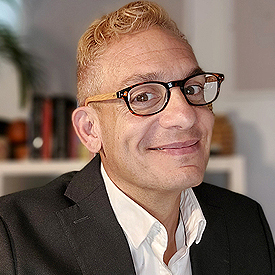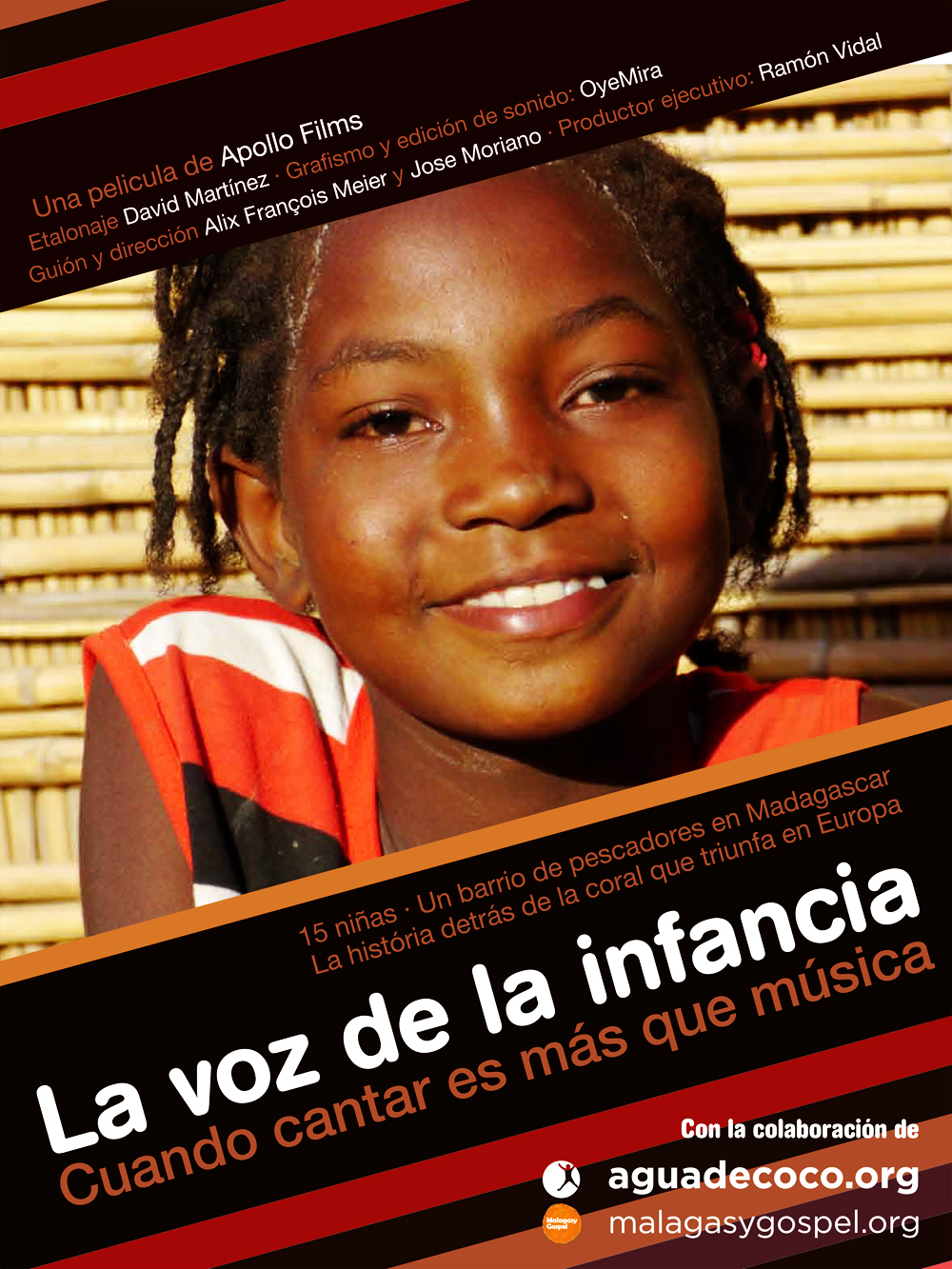
The stage and auditorium should be open to the masses, should be able to contain a people and the actions of a people.
Romain Rolland
Participatory theater can be an innovative and very useful tool in terms of capacity building and positive social transformation.
Engaging the audience through theater is an opportunity for both actors and public to learn, share, and understand those matters or topics you want to explain.
If your goal is guiding, but not controlling your audience, you may consider a mixed approach of both script-based and participatory theater for development: Theater with the people.
To conduct a successful show, planning documents, protocols, and rules for this combination of half improvisation, half designed plays is not a simple task. An easy approach to do this is to follow these 10 steps for writing better theater for development shows:
1. Write down the needs, the objective, and the main goals you want to achieve.
Know and understand the specificity of the context where you will perform the drama.
2. Develop a scheme to help the drama conductor assess the audience’s needs.
Write a simple document to help identify audience’s needs, mood, and willingness to participate.
3. Be aware of the production process and what resources will be needed.
Plan your stage setting and how the audience will react to your show.
4. Adjust your plan to the specific format of participatory theater.
Plan a warm-up session and an introduction to help and motivate the audience before the performance.
5. Write a step outline.
A step outline is not a formal script, but a list of instructions to perform a living experience.
6. Write tridimensional characters.
Start defining your characters attending to their interest, position, and transformation process.
7. Develop audience’s participation rules.
Ensure consistency among the characters, the story, and the context.
8. Design monitoring and evaluation scorecards.
Write a form to help you ask and assess the grade of knowledge the audience has over the shown topics.
9. Write a transmedia planning protocol.
Take advantage to training new actors, engaging external audiences, motivating donors, or interesting the media.
Plan your show structure.
Once you have all needed documents and guides, and you know what and how to conduct your show, it’s fun time. What will be the best approach to implement all these ideas in a real context?

1. Needs assessment
Depending on your stage setting, you can adapt this phase but the overall idea is to let the conductor, the actor playing the leading role in charge of interacting with the audience, talk with the public and identify, not just their needs, but also those spectators who will be more likely to participate in the improvisation part of the show.
This is also the moment to know what songs, games, or dance (known by the audience) will be the ones selected from this specific community to conduct the warm-up.
A good tip is to use a very common traditional song known by everybody and change the lyrics on the chorus part with a simple sentence summarizing the main topic you want to cover.
The objectives of the needs assessment phase are focused on the audience. You should conduct a needs assessment to:
- Know what are the audience’s needs.
- Choose an already existent step outline from your toolbox that best fits the public’s needs.
- Identify those spectators who, potentially, will be inclined to participate in the play.
- Identify a song, a game, or a dance known by the audience for warming up the public.
2. Warm-up
Based on the cultural context, warming up the audience can be done through singing, dancing, or interactive gaming.
A simple tip to engage people in those contexts where local culture is sensitive to dancing or singing, is to use simple interactive games or to ask the public to give orders to the actors to perform comical situations.
Warming up the audience is a 10-15 minutes process to:
- Encourage trust with the audience.
- Create interest in the audience to pay attention to the show.
3. Introduction
Now you have an interested and motivated audience excited to see what’s next. At this point, the conductor should present the goals of the show. It is extremely important to make this presentation highly comprehensive. Above all, the audience should understand what the purpose of the show is. This will ensure a focused and attentive public. So keep in mind to:
- Present the goal of the show clearly.
- Explain why the show is taking place.
- Explain why is important to pay attention.
4. Performance
Along with the participation phase, performing is one of the core tasks in the show. The conductor should be here at her/his best: conducting the play, clarifying those scenes that need support, explaining the narrative arch of each character, asking the audience to participate, motivating the public to play, sing or dance.
The actors will perform the plot from the step outline you selected during the needs’ assessment.
This step outline should establish the play structure attending to these four acts scheme:
- Presentation: Character, context setting, and conflict presentation.
- Conflict: How the main character struggles with her/his problem.
- Climax: How the main character confronts her/his problem.
- Denouement: How s/he accomplishes her/his goal and improves her/his situation.

5. Evaluation and summary
After performing the play, the conductor should seek reactions from the public by asking questions related to the story. Supported by an evaluation scorecard, the conductor can assess if all concepts are well understood by the audience, if some of them must be reinforced, or if the entire play must be conducted again. The evaluation must cover the following aspects:
- Assess the audience’s understanding of the topic.
- Grade the public’s level of understanding from specific to general questions.
- Decide if the play must be performed again or summarized.
- Reinforce the key topics and decide whether the audience is ready to participate.
- Prepare the audience to participate in the play.
If the specific topics from the play are clear for the audience and they are able to connect these with broader subjects, the conductor should ask the audience to give a summary from the show, by pointing out the key messages.
If s/he thinks the audience has failed to understand the play or some basic topics are misunderstood, s/he can repeat the play, in another case, the conductor proceeds to the next phase and asks the audience if anyone has experienced a similar story.
6. Feedback and intervention of the public
The conductor invites a spectator to give a testimony of her/his story. Ideally, if no one wants to participate spontaneously, those spectators identified from the needs’ assessment phase are invited to share their own experience. After having given the spectator’s point of view, the conductor invites the viewer to play the role of one of the actors to perform a different version of the story. It is very important here to ensure that the main topics are the same, and only specific things are changed. This phase is challenging for everybody, for the conductor, who has to keep the topic of the story but changing the plot, for the actors, who have to support and predict the spectator’s behavior, and obviously, for the spectator performing a role in the play.

The conductor may stop the show and ask the audience about those changes introduced by the new role to assess the general understanding. So, this exciting phase is intended to:
- Assess if the audience can apply the topic from general to specific cases.
- Encourage the audience to share, ask, and provide feedback.
- Let the audience participate.
- Show different examples fitting the case.
By inviting other spectators to participate and play the main character in the play, the conductor explains different perspectives related to the general subject from the show.
7. Conclusions
The conductor ends the show after having proposed some cases.
The show finishes with the same song or dance that started. The conductor repeats the general information and thanks the audience for their participation.
To see how these steps should be previously planned from a practical angle, read these 10 steps for writing theater for development shows. But, before that: What do you think? What’s your approach for conducting theater for development? Do you have any tips to improve these ideas?
References:
Anne Chua. (2010). How to Warm Up an Asian Crowd: Let Me Count the Ways. Centre for Playback Theatre. http://www.playbacktheatre.org/wp-content/uploads/2010/04/Chua_AsianCrowd.pdf


